Though French doors are a lovely exterior door option, they may not be ideal in terms of energy efficiency. So how do you insulate these doors? What materials make for the best insulation? We have looked into French doors, and in this post, we will answer these questions.
Here are a few ways that you can insulate your French doors:
- Apply insulation around the door frame.
- Use weatherstripping.
- Apply a plastic window-based insulation.
- Use insulated or thermal drapes.
- Install rigid foam panels.
The great thing about insulating French doors is that it's not a complex or expensive project. You can perform the task yourself for under $50. Continue reading to learn the best ways to do it.
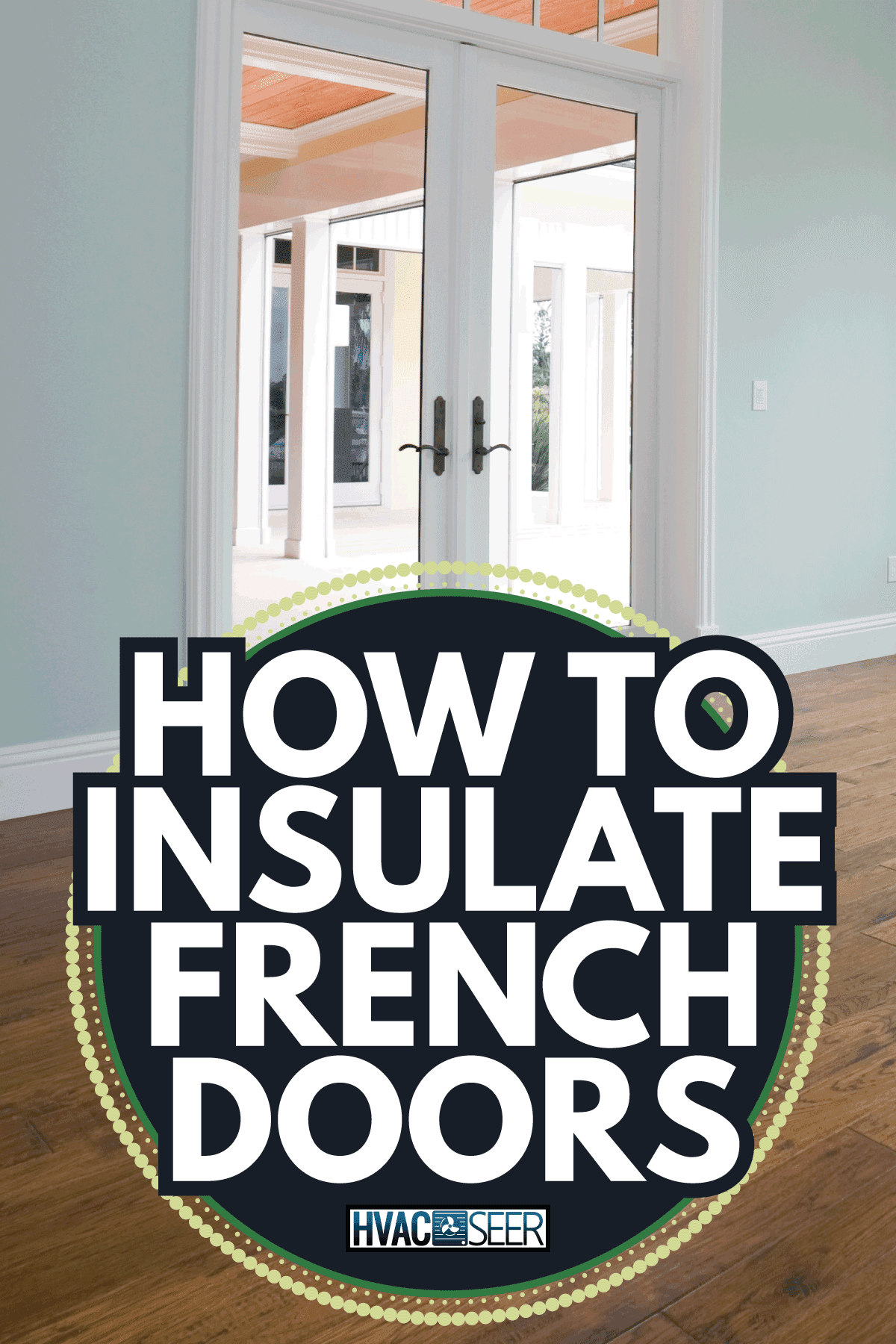
Best Ways to Insulate French Doors
The method you use to insulate your French doors will depend on your budget and how much insulation you require. When deciding which one will work best, consider whether or not you want to cover the glass panes on the door completely.
Understand that doing so will mean less natural light entering the room. If this isn't important, you will have more options to choose from.
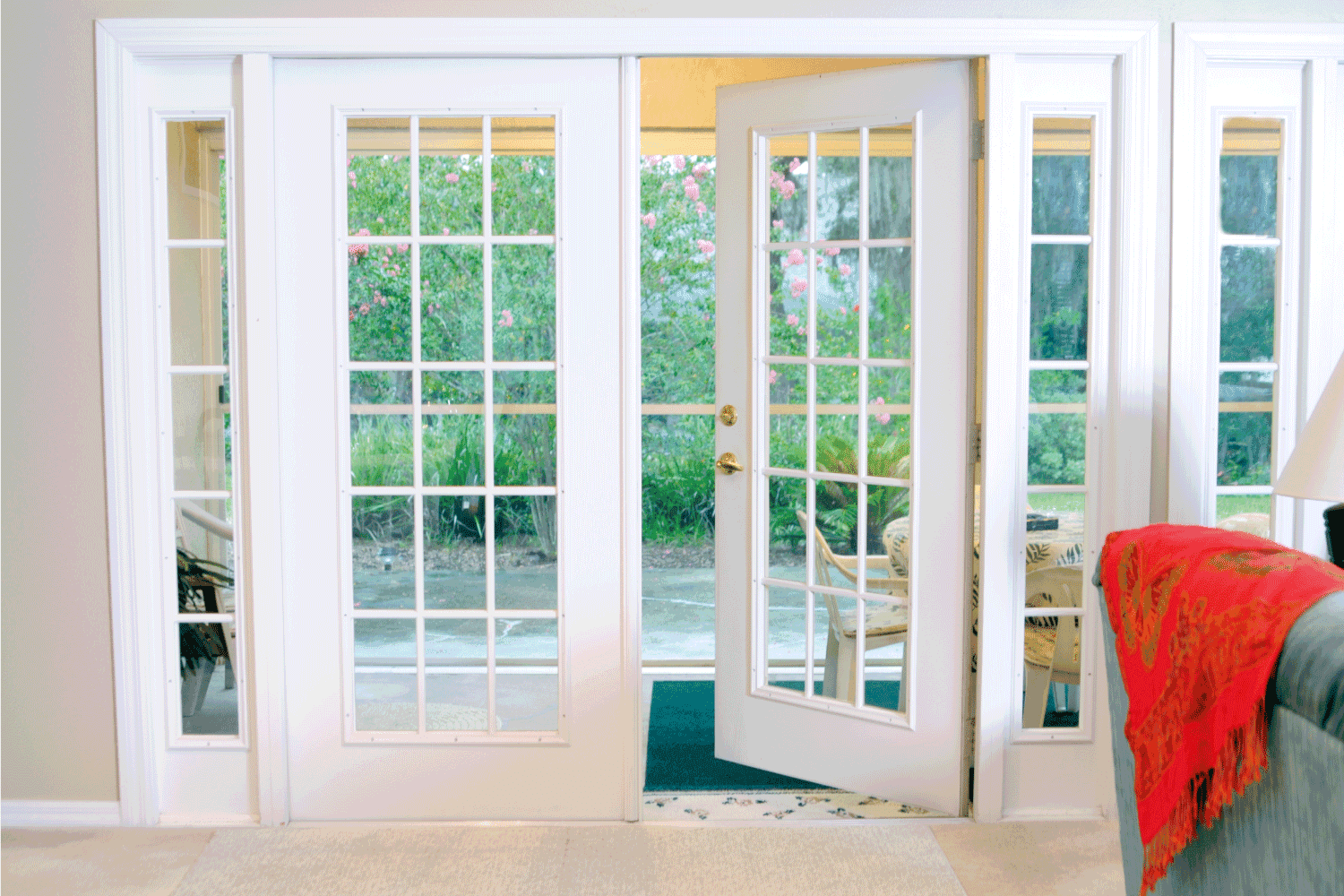
Apply foam insulation around the door frame
One of the main reasons French doors can be drafty is the existence of open cracks and crevices around the door frames. Though the windows themselves can let in cold air, sealing the holes and gaps in the door frame can make a huge difference in how cold a room feels. One of the best ways to insulate the frame is to use foam sealant.
You can buy this sealant by the can and easily apply it to the door frame without it being visible. To apply it, first, place your hand in various areas around the door to see where cold drafts are entering.
Next, apply a thin layer of sealant to these areas on the door, using a damp rag to wipe up any area where it may have made contact with the glass or the surrounding wall.
Find this foam insulation on Amazon.
User weatherstripping
Another great option to consider is weatherstripping. You can place weatherstripping around the frame of the French doors or directly on the door itself. If you have two-sided weatherstripping, you can leave one side of the adhesive on and place it directly on the door's glass pane.
Next, cut the weatherstripping to fit in each door pane. After applying each strip, apply a small piece of double-sided tape (the kind used for windows) to hold the weatherstripping in place.
You can also use foam tape, felt, or V-strips to place directly on the glass panes. The most important thing to remember is to apply light tape to the edges of the insulation material so that it doesn't peel any paint on the wall or door frame when it's removed or replaced.
Check out this weather stripping on Amazon.
Apply a plastic window-based insulation
You can also use plastic window insulation for your French doors. Whether you have French doors with one large glass pane or multiple small panes, you can apply the plastic directly to the back of the door and tape it on the sides. Of course, if you have a set of French doors with small windows panes, it will take a bit of time to apply the plastic directly to each one.
So, it'll be less of a hassle to apply it to the entire door. Note that this may diffuse the natural sunlight coming into the room, but you will still have a sufficient light source as the plastic is transparent. You can also go the super cheap route and use shrink-wrap on the door.
Be sure to use double-sided tape around the edges. It's also helpful to first measure the door and then cut the plastic down to size so that you won't cut more than needed. You can also remove any wrinkles using a hair blow dryer.
Read more details about this insulating plastic on Amazon.
Use insulated or thermal drapes
And let's not forget the thermal drapes and insulated door treatments available today. These options are best if you don't mind blocking the natural sunlight to the room. There are several types of door blinds, draft-blocking drapes, and other shades that you can use to insulate the doors.
It's best to check out the R-value of any window or door treatment before purchasing to ensure that it meets your needs. Generally, a value of about R5 to R-12 will suffice for this type of door treatment.
Check out these thermal drapes on Amazon.
Install rigid foam panels
If your French doors are composed of large glass panes and not small ones, rigid foam panels may also provide a good barrier. Again, note that this will block any natural sunlight into the room, so it's best to have a reliable light source in the space. The great thing about these panels is that they are relatively easy to install and are rather light.
This means that they won't take more than 15-30 minutes to attach to the door, and you don't have to worry about them weighing down the door. All you have to do is cut the panels to the length and width of the doors and apply them using double-sided tape or an easy-to-remove adhesive that won't cause the paint on the door or wall to peel.
And if you're looking for the ultimate insulation barrier for the colder months, you can also apply thermal or insulative drapes in addition to the foam panels.
Find this double-sided tape on Amazon.
Do French doors make a room cold?
They do. The reason is that the glass used in most French doors isn't that great for energy efficiency. However, this doesn't have to be the case. You can install double or triple-paned glass in the windows or find French doors that come with insulated glass.
If you have French doors with a solid wood bottom, the energy efficiency will be a bit better than those with an all-glass frame. The crevices and gaps around the door frame also play a part in reducing the efficiency of French doors. However, this is something that can be mitigated with foam or weatherstripping.
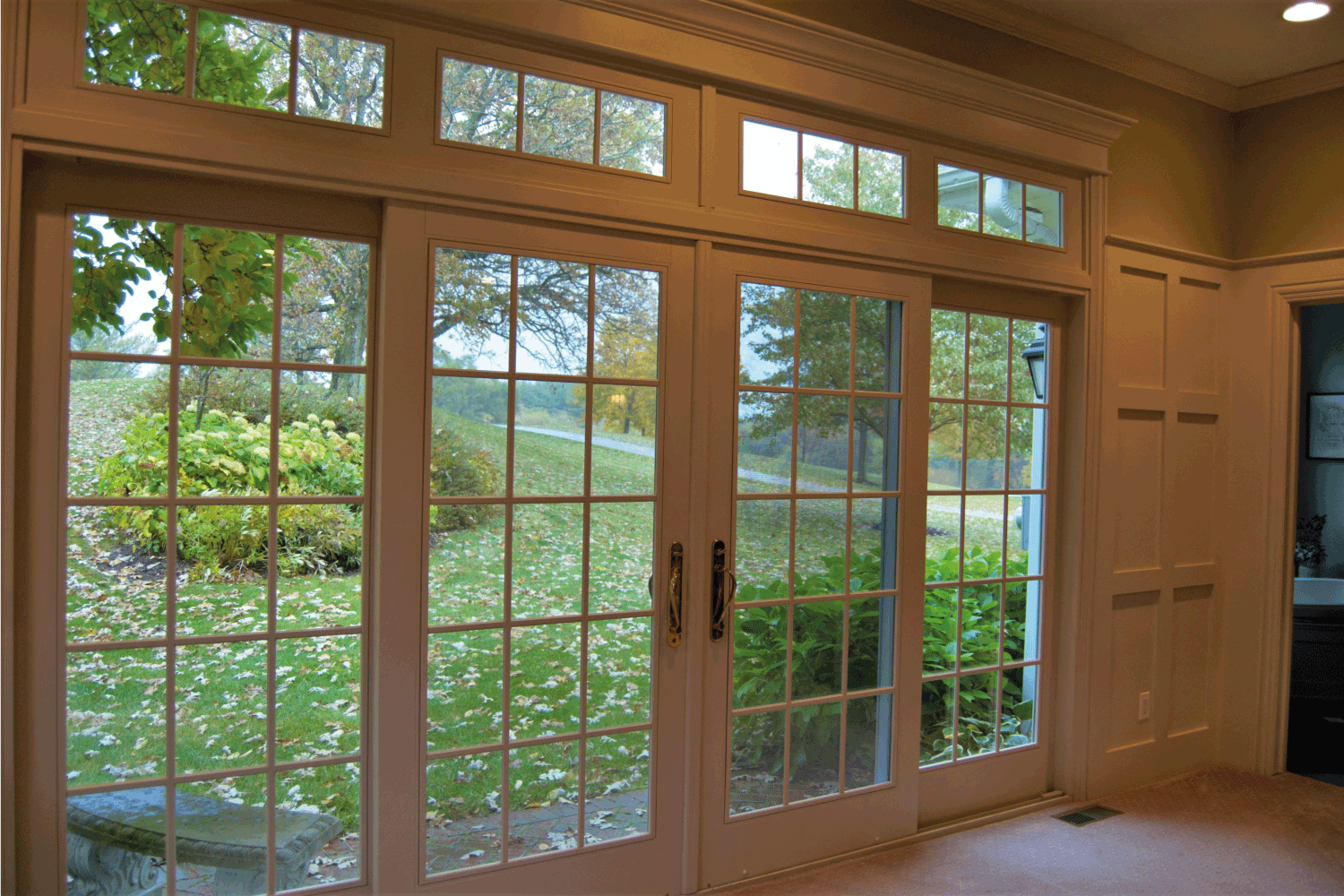
Should French doors be airtight?
It helps, but French doors don't need to be airtight necessarily. However, they must be well-insulated. When they are, it will ensure that the room in which they are located has better temperature regulation.
This means that it won't be as drafty during the colder months or as hot as it could be during the summer months when the sunlight enters the room. It also means that your doors will be protected against damage from the weather, wildlife, and common pests.
However, if you want to make your doors airtight, it's best to insulate them using insulating foam and weatherstripping.
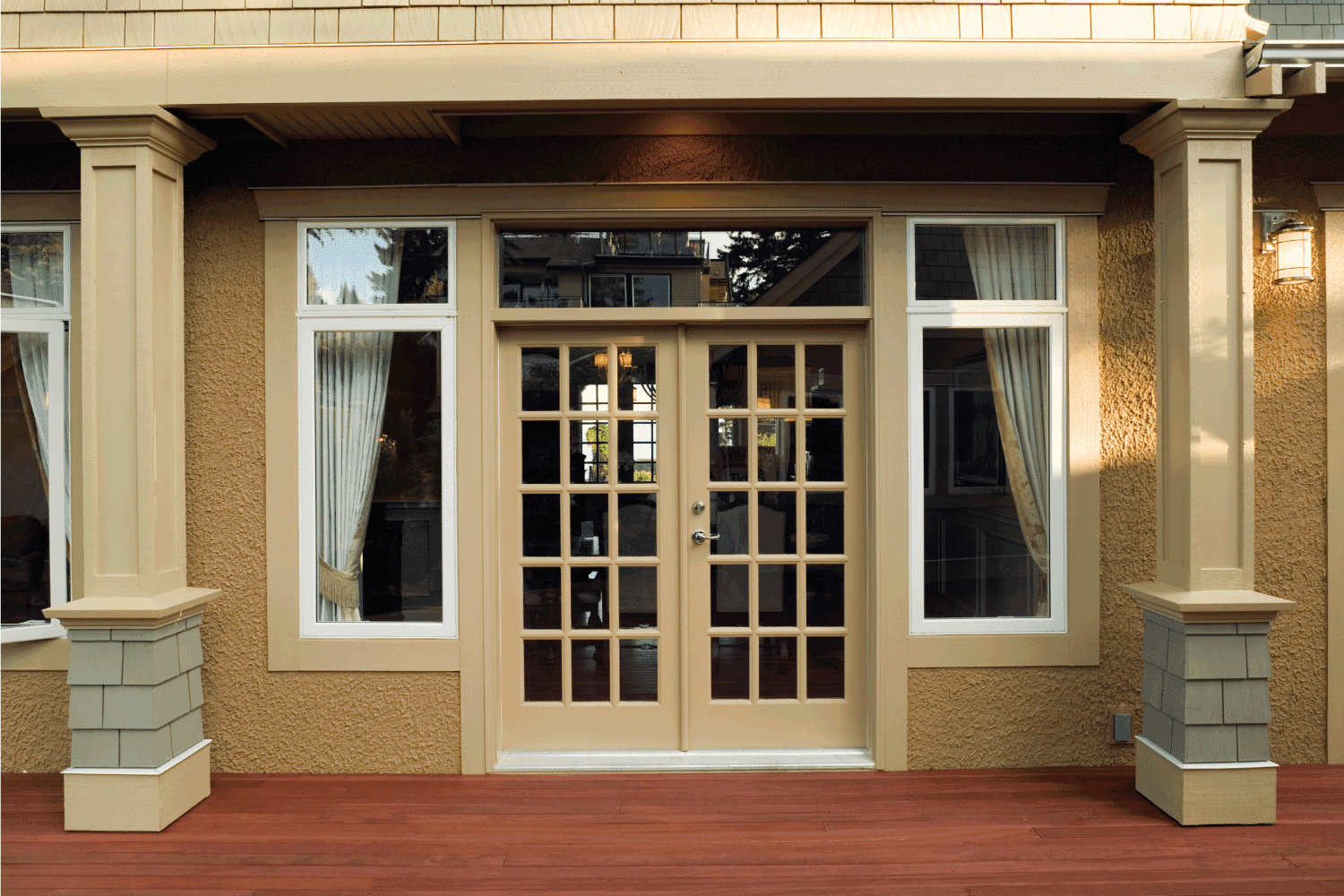
How efficient are French doors?
French doors aren't known to be particularly energy-efficient. If you were to rate them on a scale of 1 to 10, with 10 being the highest for efficiency, they'd probably fall at a 4 or 5. However, it doesn't mean that you can't purchase French doors that are more energy efficient.
You can find doors that have thicker, more insulated glass, or you can have them custom-made to a particular insulation level. You can also install weatherstripping and foam insulation around the doors to increase efficiency. So to say, if you love the idea of having French doors, but are worried about efficiency, know that there are options available.
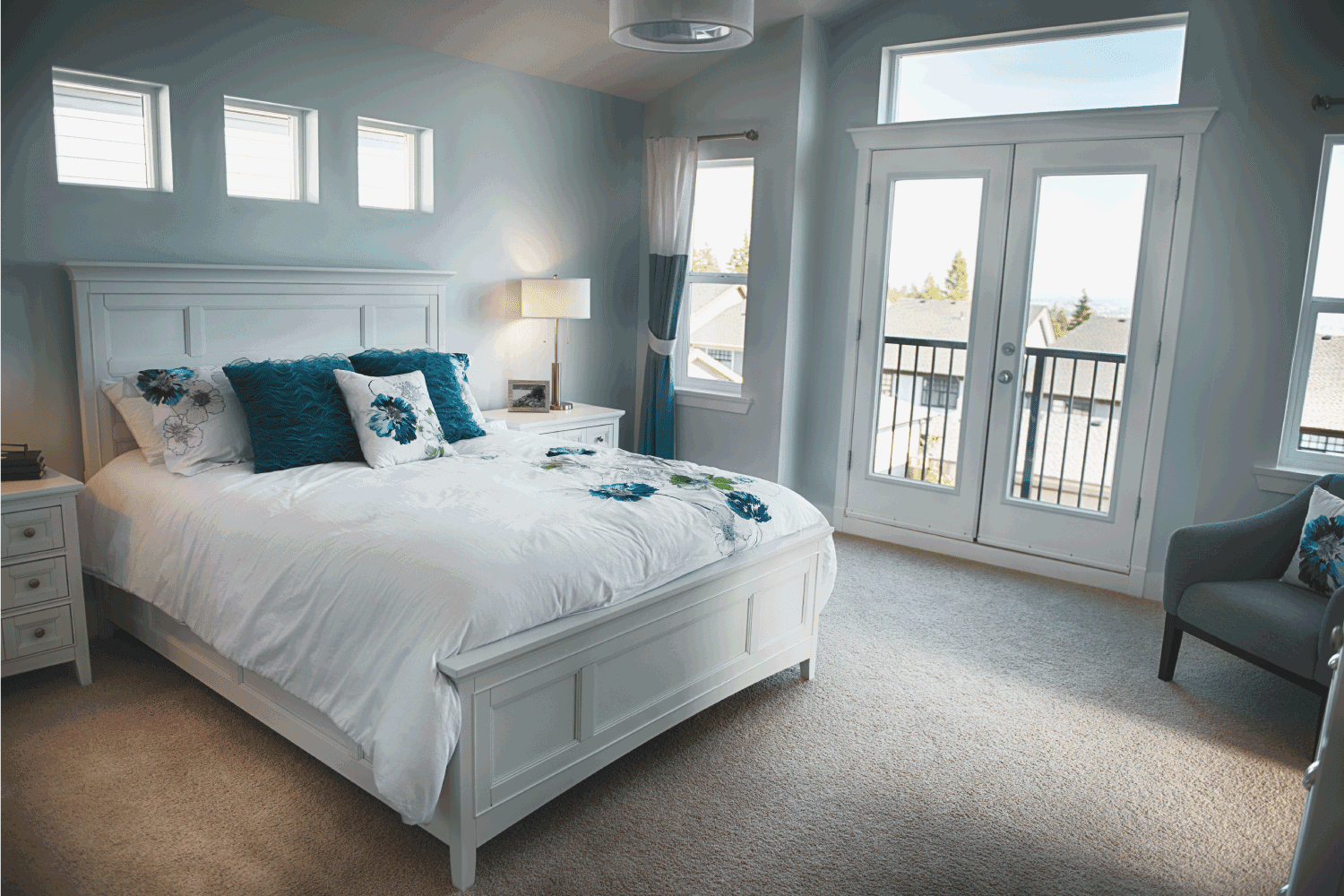
Which is more efficient, sliding or French door?
Generally, sliding doors tend to be more efficient than French doors. The reason is that French doors typically join together at the center. This means that they are more susceptible to water leakage and drafts. Sliding doors overlap, allowing them to be more energy-efficient and have a tighter seal.
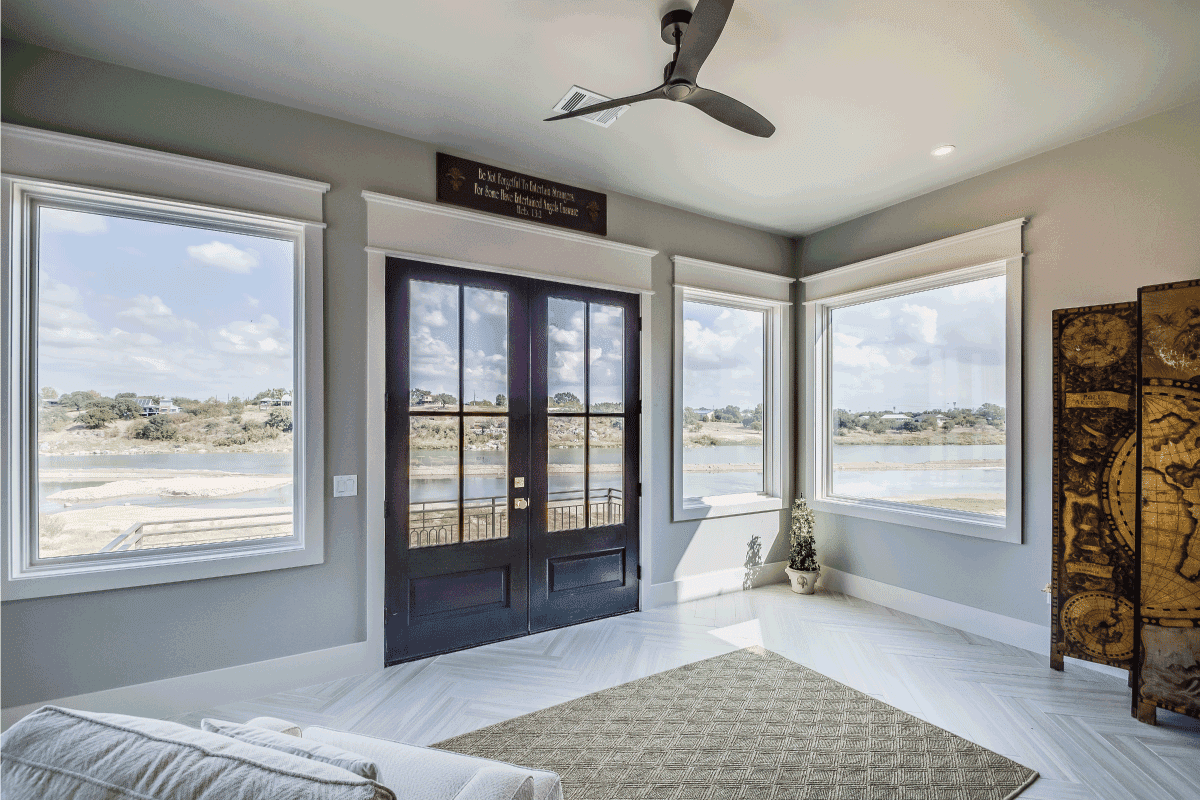
Wrapping Things Up
We hope this post has helped illustrate the various methods to insulate French doors. And just because your French doors aren't naturally energy-efficient doesn't mean that you can make them more efficient with good insulation. The best methods to insulate the doors include applying weatherstripping, using foam insulation, and installing thermal curtains or drapes.
Before you go, check out our other posts:
How To Insulate Hollow Core Doors
How To Insulate A Wooden Front Door—6 Methods For Improvement





